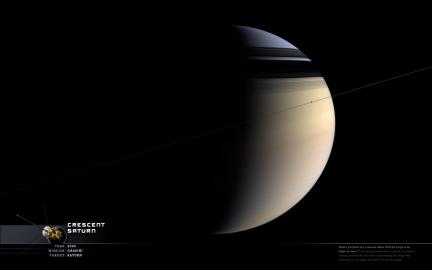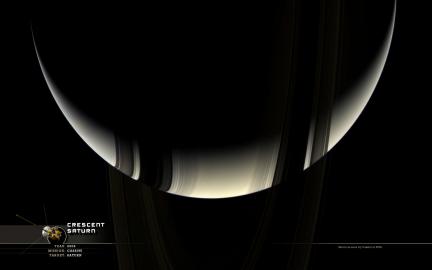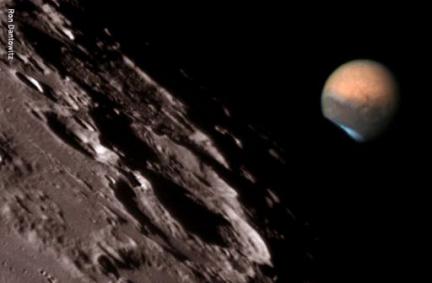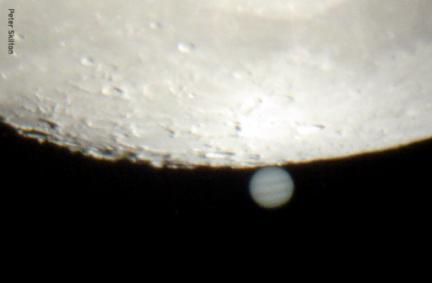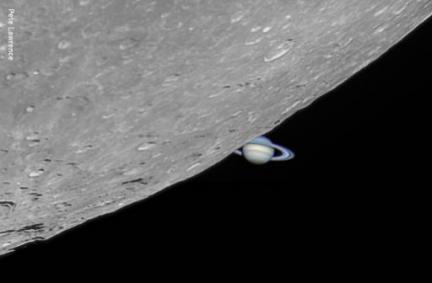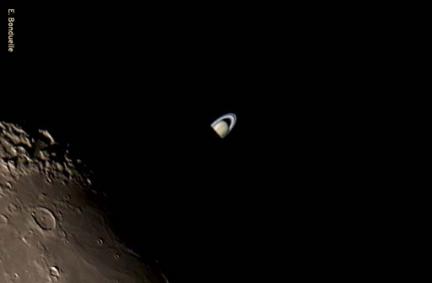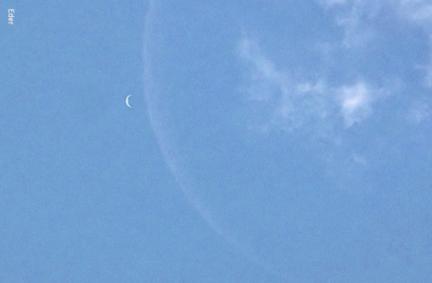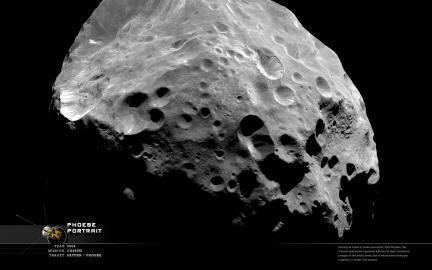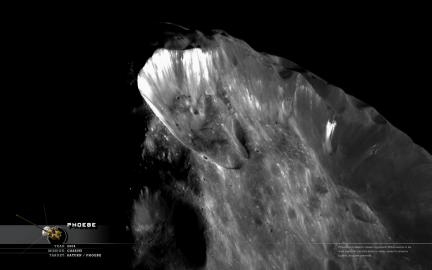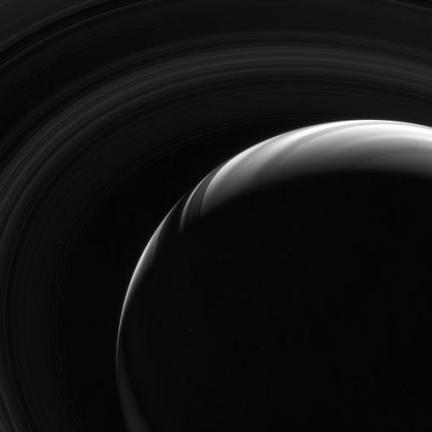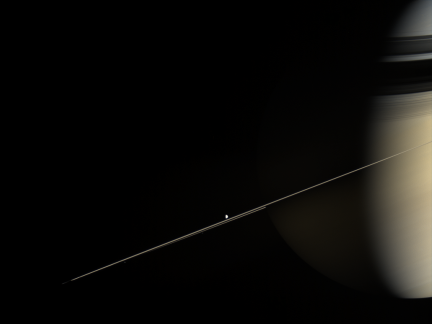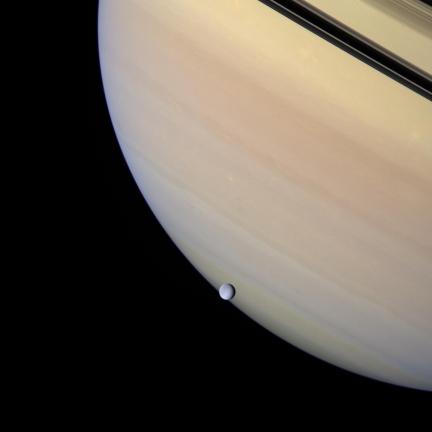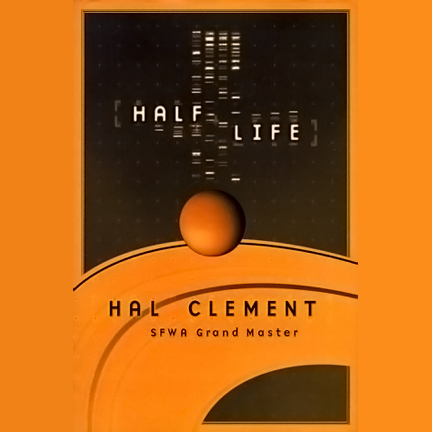 Once upon a time I did a large number of book covers (or dust jackets) for a Sci-Fi publisher known as Tor Books. While looking through old back-up files today I found this one that featured Saturn’s rings and it’s now famous moon Titan. Since I am currently working on a poster that celebrates the Cassini mission, I thought I should post this design on here as it happens to be one of my favorites.
Once upon a time I did a large number of book covers (or dust jackets) for a Sci-Fi publisher known as Tor Books. While looking through old back-up files today I found this one that featured Saturn’s rings and it’s now famous moon Titan. Since I am currently working on a poster that celebrates the Cassini mission, I thought I should post this design on here as it happens to be one of my favorites.
I would have to guess that I have been involved with designing around 200 book jackets designs for Tor, both before and after starting the Chopping Block. Among some of the more famous titles I got to work on were Jonathan Lethem’s “Gun with Occasional Music”, Kim Stanley Robinson’s “The Three Californias” trilogy and vampire title, (soon to be a major motion picture) “I am Legend”. The Lethem and “Legend” books had provided artwork, but we also got to do a few other Lethem titles where we did all the art as well as the design.
Image Note: I found this file (not shown) I thought was the hard cover artwork, but instead it was the less impressive mass market edition of the jacket. I will upload a better hi-res version next week when I get back to the office. In the meantime I found this version online of the hard-cover and tried to clean up the jpg artifacts the best I could.
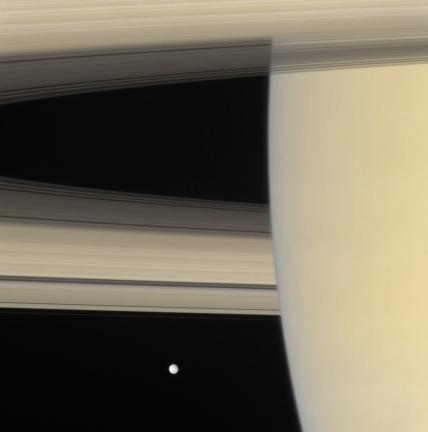 Following up on yesterday’s post, Gordan Ugarkovic found another “Kodak” moment involving Enceladus from the recent raw images. The Cassini team apparently will arrange to have the probe snap these kinds of images every so often to essentially fulfill PR needs. They have actually dubbed them as “Kodak Moments” when planning for gathering more compositionally compelling images of Saturn and its moons for public consumption.
Following up on yesterday’s post, Gordan Ugarkovic found another “Kodak” moment involving Enceladus from the recent raw images. The Cassini team apparently will arrange to have the probe snap these kinds of images every so often to essentially fulfill PR needs. They have actually dubbed them as “Kodak Moments” when planning for gathering more compositionally compelling images of Saturn and its moons for public consumption.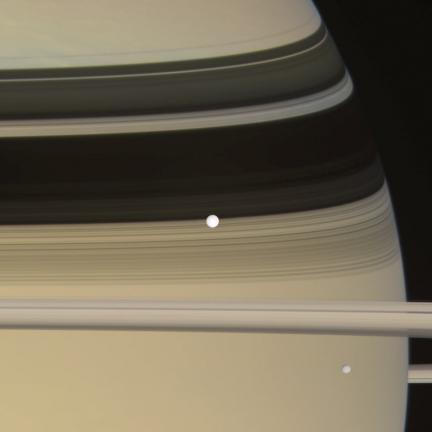
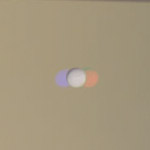 Of course, the moons and Cassini were both moving and changing the perspective of the 3 bodies from one another from one filtered exposure to the next (the effects of which can be seen at left). So it was required that the 2 moons be “lifted” from the main image, properly registered for each individual moon and then merged back into the main composition. Once in place, a bit of Photoshop retouching was needed to erase the echoes in the 2 other channels where the moons were before registration was corrected.
Of course, the moons and Cassini were both moving and changing the perspective of the 3 bodies from one another from one filtered exposure to the next (the effects of which can be seen at left). So it was required that the 2 moons be “lifted” from the main image, properly registered for each individual moon and then merged back into the main composition. Once in place, a bit of Photoshop retouching was needed to erase the echoes in the 2 other channels where the moons were before registration was corrected.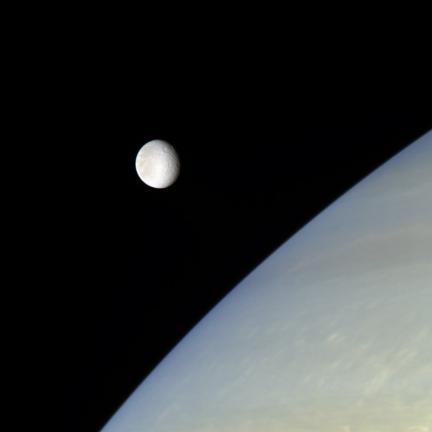
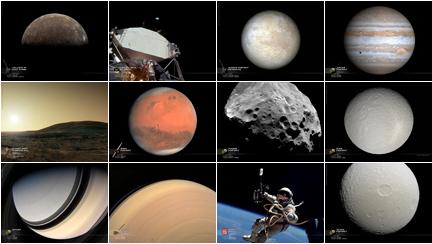 Managed to make the more common wallpaper size 1024x768 for the 14 most recent wallpaper posts (started with set 05 images, 1-4 to come).
Managed to make the more common wallpaper size 1024x768 for the 14 most recent wallpaper posts (started with set 05 images, 1-4 to come). 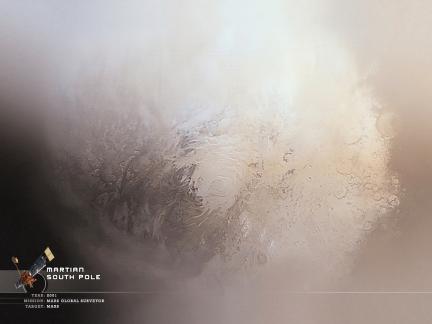
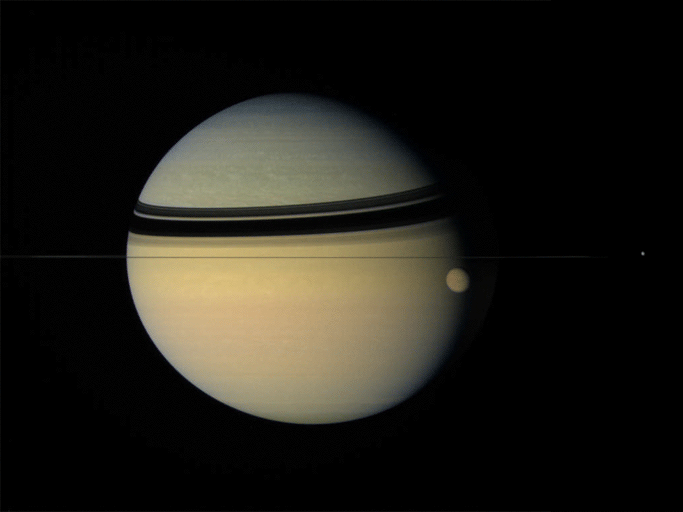
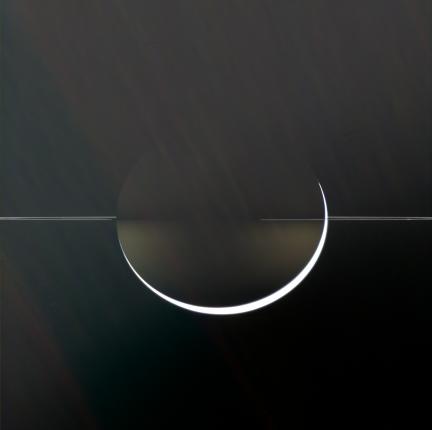 Another Saturnati, also with camera artifact. Another U. Gordan image, see
Another Saturnati, also with camera artifact. Another U. Gordan image, see 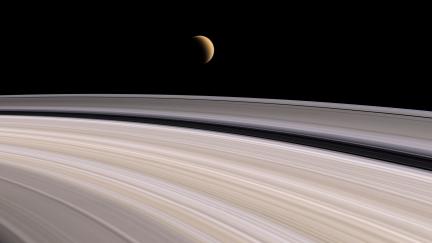
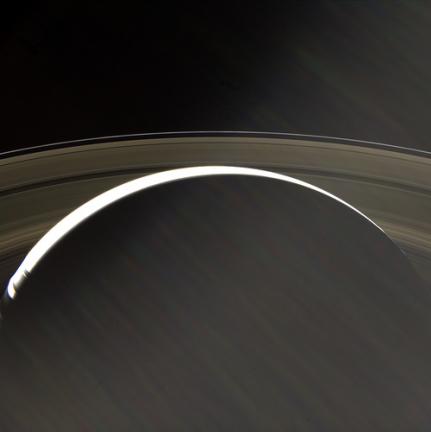 The haze is a camera artifact, but somehow adds to the image here. Another U. Gordan image, see
The haze is a camera artifact, but somehow adds to the image here. Another U. Gordan image, see 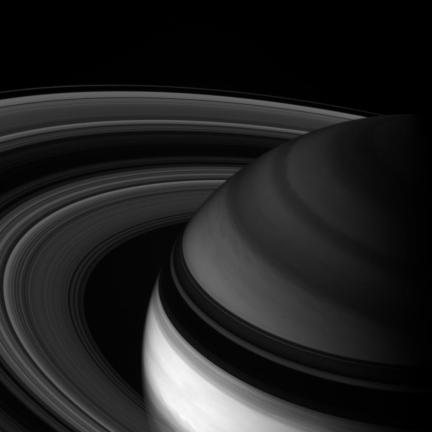
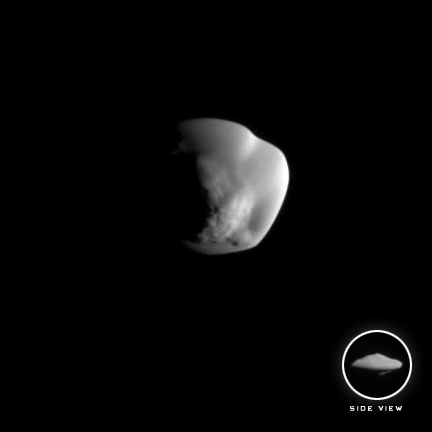
 Once upon a time I did a large number of book covers (or dust jackets) for a Sci-Fi publisher known as Tor Books. While looking through old back-up files today I found this one that featured Saturn’s rings and it’s now famous moon Titan. Since I am currently working on a poster that celebrates the
Once upon a time I did a large number of book covers (or dust jackets) for a Sci-Fi publisher known as Tor Books. While looking through old back-up files today I found this one that featured Saturn’s rings and it’s now famous moon Titan. Since I am currently working on a poster that celebrates the 